On March 31, 2021, Xiaomi Group officially announced that it would set up a wholly-owned subsidiary to be responsible for the electric vehicle business, and now two years have passed since Xiaomi’s announcement. Although there are occasional rumors about Xiaomi cars coming out of the industry chain, there is still not much valid information about Xiaomi cars. But it seems that many consumers and investors are confident and expectant about Xiaomi vehicles.
Compared to Xiaomi’s initial success in the smartphone market, they are facing a much tougher challenge in the car market, because the design and manufacturing of cars are much more complex than smartphones, and the competition for car brands is much more brutal than anyone can imagine in China.
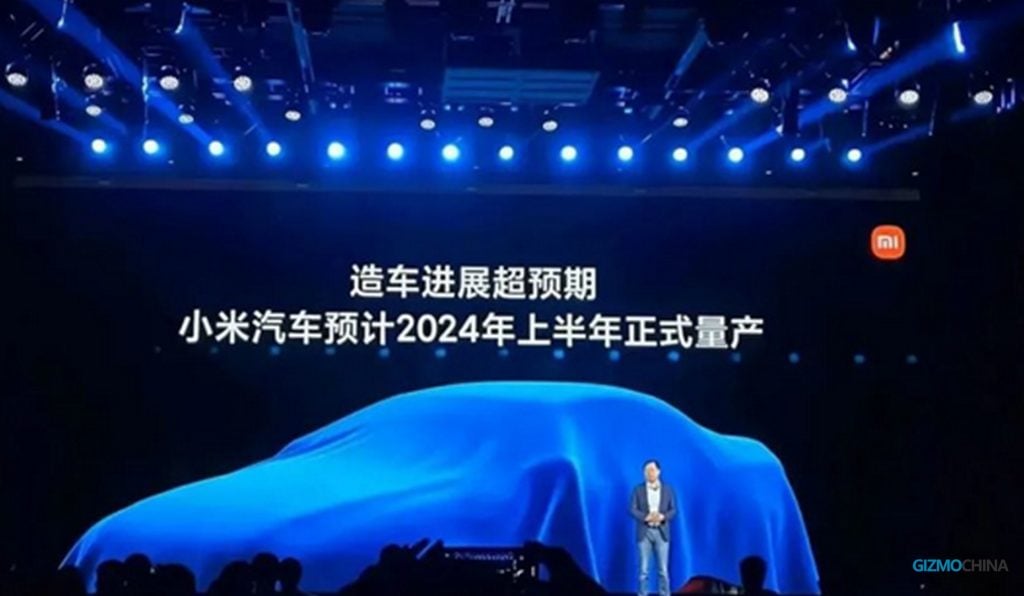
Xiaomi in Smartphone Market
Let’s look back at how Leijun founded Xiaomi in China and rose rapidly in the smartphone market. After the first generation of the iPhone was launched, the wave of smartphones swept the world and ushered in a revolution in China’s smartphone market. But in the first decade of the 2000s, the brands that dominated China’s smartphone market were from other countries and regions, such as NOKIA, Samsung, and Motorola. Most of the international famous phone manufacturers except Nokia, have joined the camp of Android, the advanced touch screen and the new human-machine interaction experience led to a surge in sales of their smartphones, although their selling prices are not friendly.
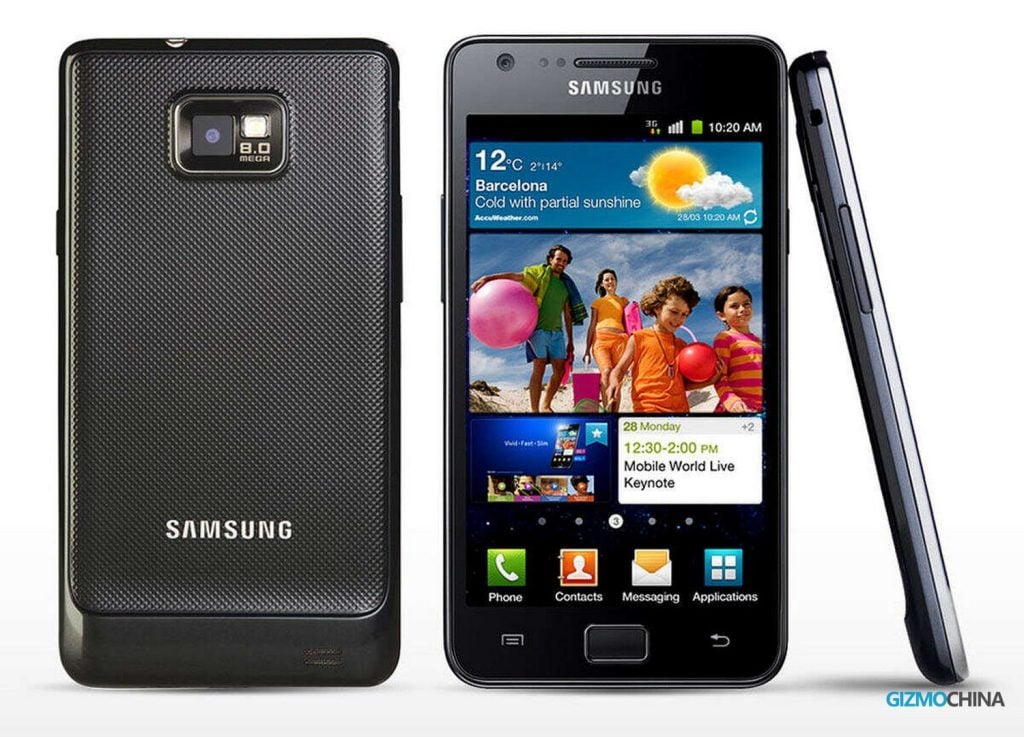
During that period, China’s smartphone industry was mainly based on OEM business, and there were almost no local brands with their own smartphone design. Lei Jun and his founding team found that the smartphone operation systems of those international brands lacked many localization services, so they established Xiaomi to provide those initial Chinese smartphone users with MIUI which was more in line with Chinese consumers’ habits. As MIUI users proliferate, Xiaomi realized that they must have their own terminal products to maintain these loyal users. And most importantly, those international brands of smartphones have significant profits. What finally encouraged them is the fact that almost all assembly and production are done in Chinese factories. So why not design a smartphone of their own and purchase hardware to load the MIUI?
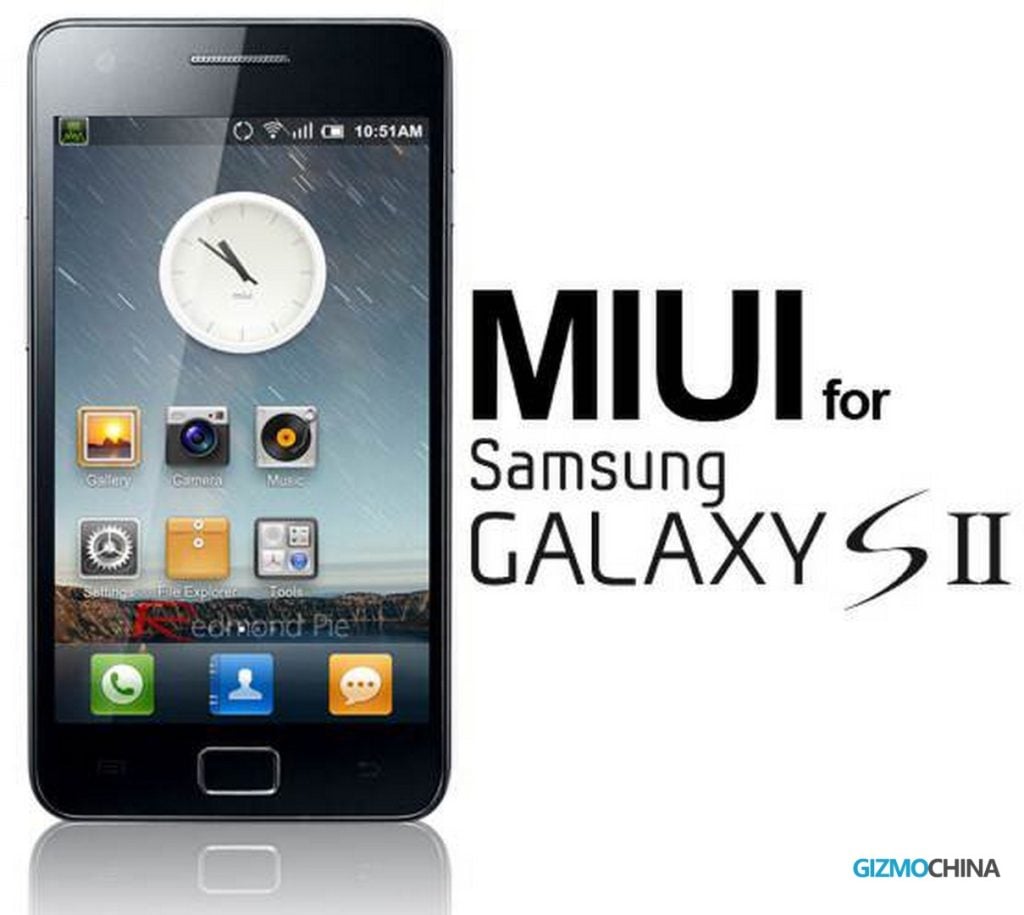
Driven by such an idea, Xiaomi launched the first generation of Xiaomi phones on an experimental basis, which they did not expect to be snapped up by millions of MIUI users before the official launch. But this is only natural because the first generation of Xiaomi phones with top-notch hardware and priced at less than half the price of comparable products. It’s so low that many consumers mistook it for a cottage company. In fact, it took many years for Xiaomi to gradually convince the Chinese public of its product quality.

The strategy of abandoning the pursuit of high hardware margins made Xiaomi the fastest-growing smartphone brand, which also inspired other Chinese companies to enter the smartphone market. Starting in 2012, local Chinese mobile brands gradually replaced traditional brands and even a few years later brands like OnePlus started to compete with Samsung and HTC in the US and European markets. In the process of the rise of Chinese smartphone brands, Xiaomi has always been at the forefront of competition. The price war for Xiaomi is a tried and tested strategy, Many followers are difficult to compete with Xiaomi at this level. MIUI as China’s earliest localized smartphone system has also brought hundreds of millions of users to Xiaomi. Although the incremental smartphone market today has become less and less, Xiaomi in the past decade is obviously a special success.
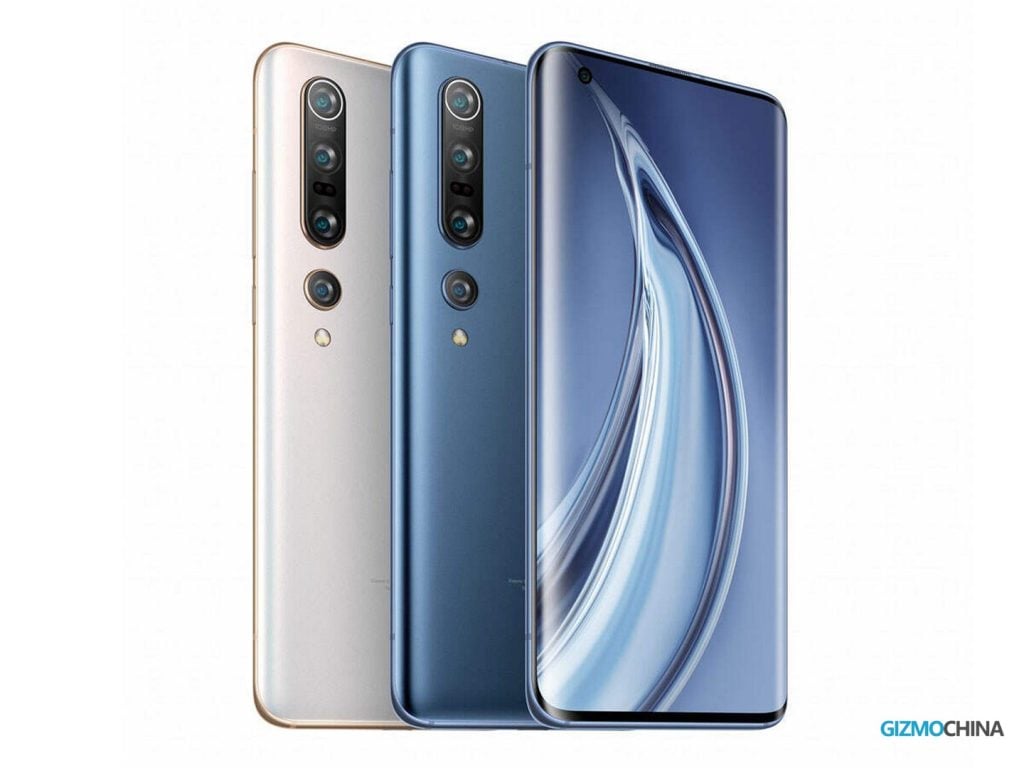
Challenges for Xiaomi
However, Xiaomi’s experience and strategy in the smartphone market cannot be fully applied to the vehicle industry. With the rise of electric vehicles, many companies that play a key role in the design and manufacturing of electric vehicles have been born in China, such as BYD and CATL. Constrained by the design and manufacturing of engines and batteries, Xiaomi cannot fight a price war in China’s vehicle market. Brands like BYD have long used price wars to the extreme, and companies and capital teams that have no experience in engine and battery manufacturing have found another shortcut to enter the electric vehicle market, which is vehicle systems and autopilot.
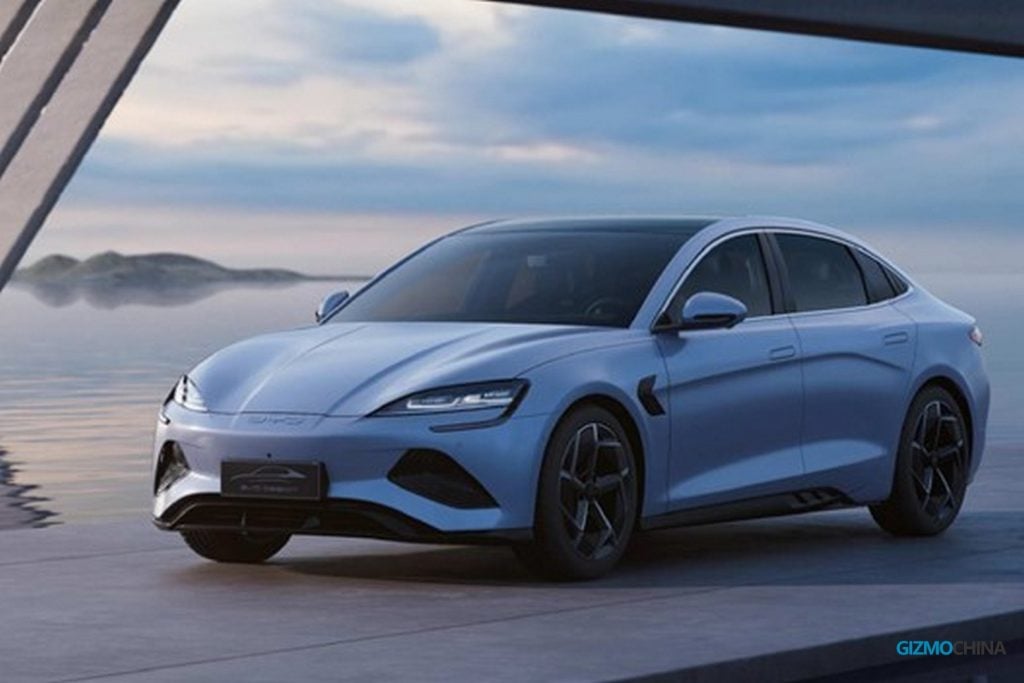
Compared with traditional car brands, new tech companies have a lot of experience in the field of AI and software design, so they can launch electric cars with better human-vehicle interaction experience by cooperating with car manufacturers. Huawei is a good example. Although until today there is not a Huawei logo car on the road, they have long reached a good relationship with some car manufacturers and have launched excellent electric car series such as Aito and Arcfox.
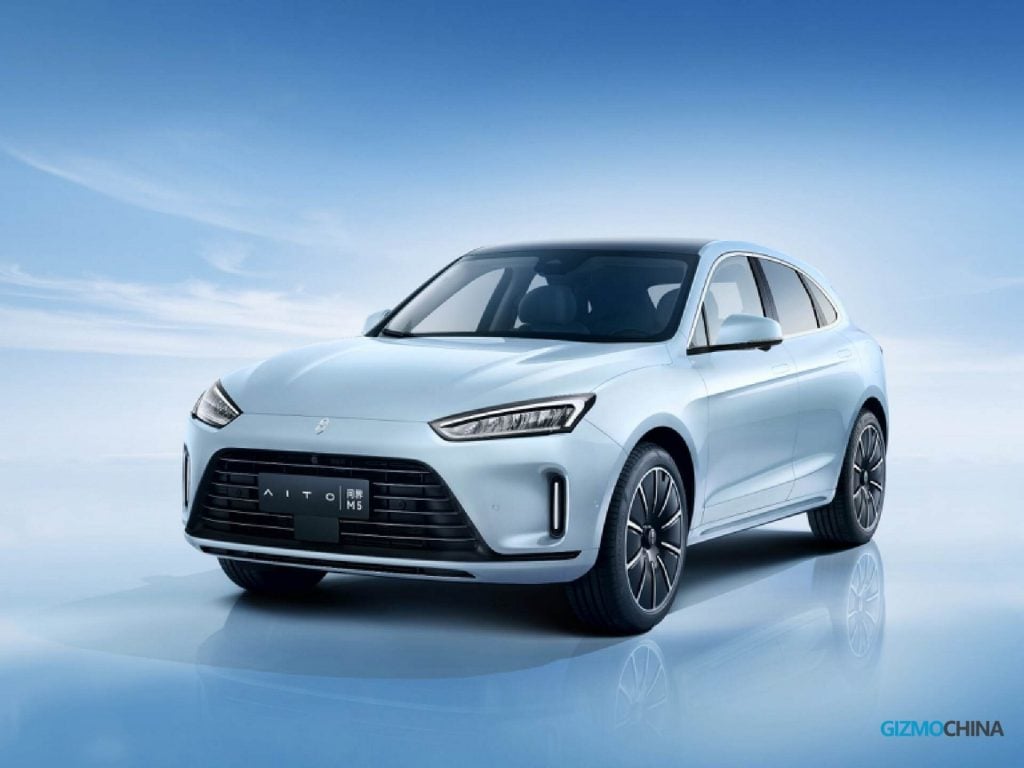
Essentially Xiaomi is an internet company, but their experience is more in gaming and social networking, and they are just starting out in AI and autopilot, so I don’t think Xiaomi’s electric vehicle will be able to beat out their competitors on that track. Since neither car production nor aEssentially Xiaomi is an internet company, but its experience is more in software optimization and social networking. They are just starting out in AI and autopilot, so I don’t think Xiaomi’s electric vehicle will be able to beat out their competitors on that track. Since neither car production nor autopilot has a clear advantage, is it feasible for Xiaomi to focus on launching the “perfect car” that is as balanced as possible in every way?
The path is tough, and many local companies have already done so before Xiaomi considered entering the car market. You can now see an extremely competitive car market in China, with highly competitive products covering all price ranges from $5,000 to $200,000, with each brand having some unique advantages while making their cars as balanced as possible. If you ask a young Chinese what smartphone is good for a budget of $500 or $1000, he will probably give you an answer including Xiaomi phones, but you won’t get a real answer with wide acceptance in the car market at any budget. If Xiaomi’s first car enters this market, it will only bring one more ambiguous answer to the question rather than one that most people will recognize, but I still look forward to Xiaomi’s entry. Even if Xiaomi’s car can’t outperform its competitors in some way, its entry should force other brands to launch more affordable cars.




